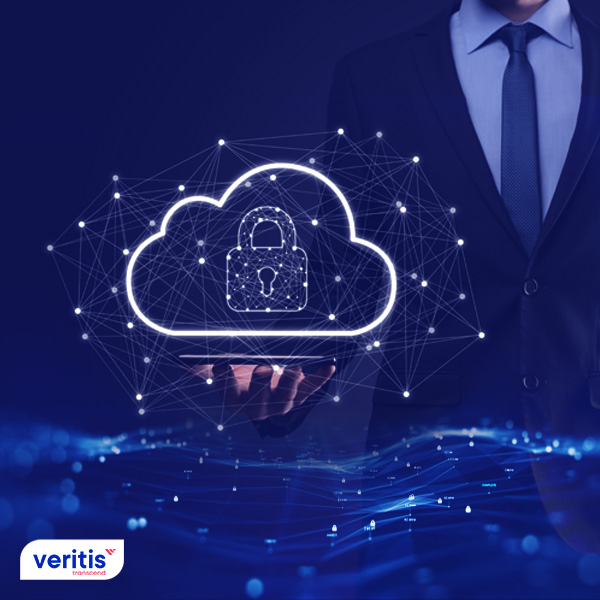Cybersecurity and Cloud Computing: 2015 Insights from Malcolm Shore

In an increasingly digital age, cybersecurity remains a paramount concern for both enterprises and individuals alike. As the landscape of technology evolves, so does the complexity and scale of threats facing online systems. In this comprehensive exploration, we delve into the insights provided by Malcolm Shore, a seasoned expert in the field, as captured in 2015 on the convergence of cybersecurity and cloud computing.
Cloud Computing: A Paradigm Shift
Cloud computing has radically transformed the way businesses and consumers interact with technology. Instead of relying on local servers and storage devices, cloud computing allows data to be stored, processed, and managed on remote servers accessed via the internet. Here’s how this shift impacts cybersecurity:
- Scalability and Flexibility: Cloud services provide virtually infinite scalability, enabling companies to grow without the constraints of physical infrastructure.
- Cost Efficiency: Businesses can save on IT costs by leveraging pay-as-you-go models rather than investing in expensive hardware.
- Accessibility and Data Mobility: Cloud services enable users to access data from anywhere, enhancing business continuity and disaster recovery.
Security Challenges in the Cloud
While the advantages are clear, moving to the cloud introduces unique security challenges:
- Data Breaches: With data spread across multiple systems, securing it becomes more complex.
- Compliance: Ensuring that cloud services meet the regulatory standards of various jurisdictions.
- Shared Responsibility Model: Understanding where the cloud provider’s responsibility ends and where the client’s begins.
🔍 Note: According to Malcolm Shore, companies often overlook the shared responsibility model, leading to security gaps in cloud deployments.
Malcolm Shore’s Insights on Cloud Security
Malcolm Shore, with his deep insights into enterprise IT security, offered several recommendations for securing cloud environments in 2015:
Securing Cloud Infrastructure
To combat the threats unique to cloud computing, Shore emphasized the following:
- Encryption: Data encryption both at rest and in transit to safeguard against unauthorized access.
- Identity and Access Management (IAM): Implementing strong authentication and access control mechanisms.
- Monitoring and Logging: Continuous surveillance of cloud activities to detect and respond to threats promptly.
Emerging Technologies in Cloud Security
Malcolm Shore highlighted several emerging technologies that could revolutionize cloud security:
- Behavioral Analytics: Using machine learning to identify unusual behavior that might indicate a security breach.
- API Security: Ensuring secure communication between cloud services through properly secured APIs.
- Zero Trust Security: Adopting a ‘never trust, always verify’ approach to security.
Key Considerations for Enterprises
As cloud adoption accelerates, enterprises must consider:
- Risk Assessment: Understanding the specific threats and vulnerabilities in the cloud.
- Cloud Provider Due Diligence: Selecting cloud service providers based on their security track record and certifications.
- Employee Training: Educating staff on cloud security best practices to mitigate insider threats.
💡 Note: Malcolm Shore stressed the importance of continuous education in cybersecurity practices within an organization.
Closing Thoughts
The insights from Malcolm Shore in 2015 remain relevant today, showcasing the evolving landscape of cloud computing and cybersecurity. With cloud environments becoming more complex, enterprises must proactively address security from multiple angles, including encryption, IAM, and adopting emerging technologies. The key to success in this new digital era lies in understanding the shared responsibilities between service providers and clients and fostering a culture of continuous learning and adaptation to emerging security threats.
What are the main security concerns when using cloud services?
+Some primary security concerns include data breaches, compliance with regulations, and understanding the shared responsibility model between the client and the cloud provider.
How can businesses ensure their data is secure in the cloud?
+Businesses can secure their data by encrypting it, managing access through IAM, continuously monitoring cloud activities, and regularly updating their security protocols to counter new threats.
What emerging technologies in cloud security did Malcolm Shore discuss?
+Malcolm Shore discussed technologies like behavioral analytics, API security, and the zero trust security model, which are pivotal in enhancing cloud security.



